‘Interconnected’ cross-campus exhibit celebrates four decades of Ed Kerns’ expression through art
The exhibit began on Feb. 3 and will run until April 16 throughout campus. (Photo by Emma Sylvester ’25 for The Lafayette)
February 18, 2022
For the next two months, vibrant artwork will adorn walls across Lafayette’s campus, from Grossman Gallery to Skillman Library, the Kirby Art Study Center room and even Rockwell Integrated Science Center. These pieces are part of an exhibit titled “Ed Kerns: Interconnected,” which celebrates art professor Ed Kerns’ four decades of creativity and expression through artwork.
The exhibit is an exploration of Kerns’ development as an artist, from early works of minimal geometric abstractions to newer works that are more organic and colorful.
Kerns, who has been teaching at Lafayette since 1980, helped build the current art department to what it is now. As an artist, Kerns is interested in scientific ideas and uses them as inspiration and material to create paintings. His work is therefore an example of how art and science can come together.
Director of Art Galleries Rico Reyes said that Kerns’ exhibition celebrates him as a teacher, artist and mentor. Kerns uses abstractions in his pieces to reflect on his lived experience and visualize it in paint.
“Much of his work developed from synthesizing ideas from different disciplines like neuroscience and abstract painting to come up with new ways of expressing and seeing these ideas,” Reyes said.
The exhibit’s curator Daniel Hill has worked with Kerns many times prior to curating “Interconnected.” In that time, Hill has come to value Kerns as an artist.
“We hear the phrase ‘it is an honor’ used almost to the point of cliché, but it is certainly apt here. It has been an absolute honor to curate this retrospective exhibition for Ed as he retires from Lafayette College,” Hill wrote in an email.
Hill explained that Kerns is a process painter, meaning that his aesthetic has been manufactured and worked on over time to achieve a final piece of art.
“This aesthetic, born of process, is thus a visual artifact of the cognitive state required to make them. His work deftly weaves aesthetics acquired from many years immersed in artistic practice and interconnects this with cutting-edge concepts from the sciences,” Hill wrote. “This exhibition is a rare opportunity to trace the creative arc of an incredible artist from 1972 to present, and to do this with the actual artworks right in front of you, not viewed on a computer, iPhone, or book.”
Hill said that Lafayette students should take advantage of the opportunity to view the exhibit. Some of his current favorites of Kerns’ pieces are the works displayed in Skillman Library.
Hill also encouraged students to read the essays in the exhibition catalog by biology professor Elaine Reynolds, artist and writer Taney Roniger, art historian Meredith Morse and Kerns himself. He believed the essays will greatly enhance and illuminate the experience of the exhibition.
“In our society, we tend to obsess on the singular genius, but I am grateful to be part of the genius of a community that Ed has nurtured—of artists, scientists, writers, and researchers who are helping discover the role of a new kind of art that promotes a sustainable society,” Hill wrote.
“Kerns spends time in creating a wonderful scene in each of his paintings and it will speak to anyone who makes a little time for it,” Reyes said. “Students can see what forty years of work looks like, and hopefully be inspired to make the same dedication and commitment to a practice.”



































































































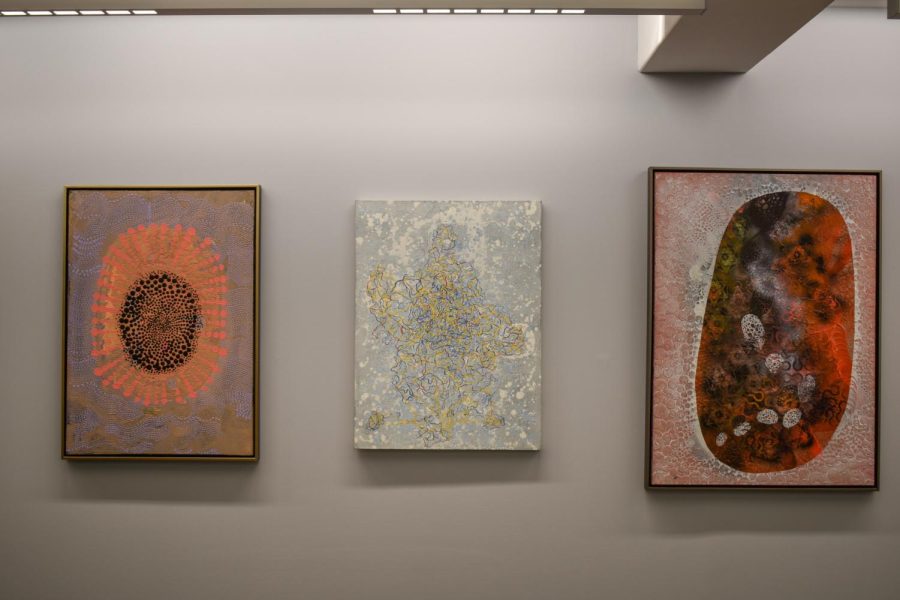
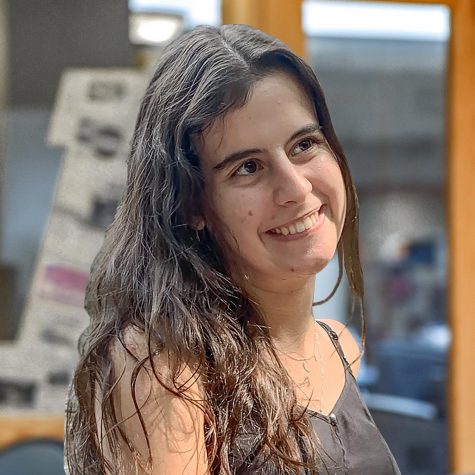
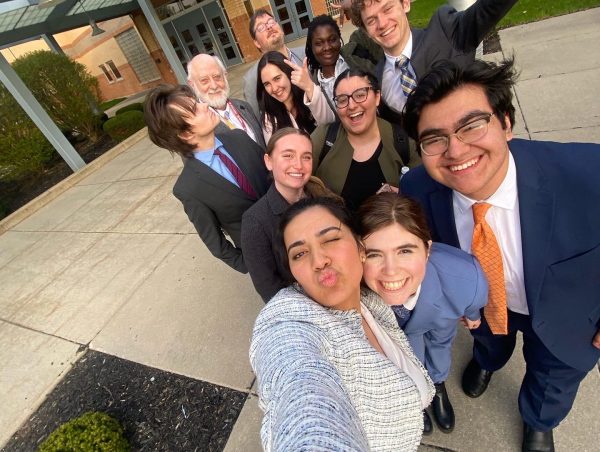
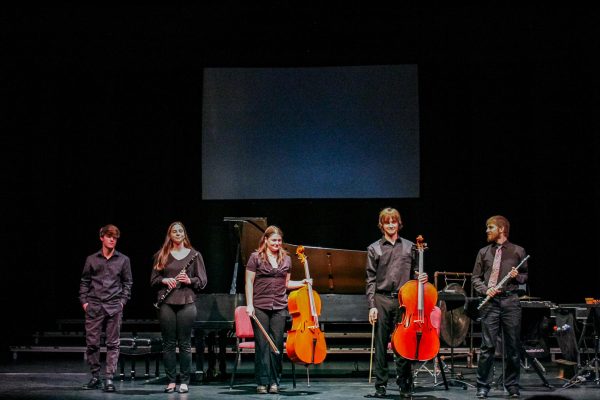


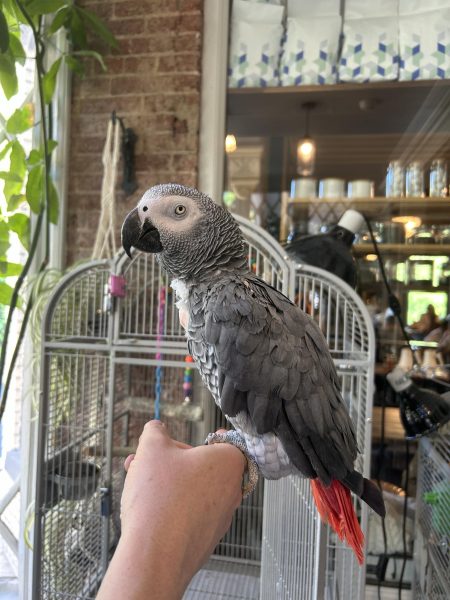
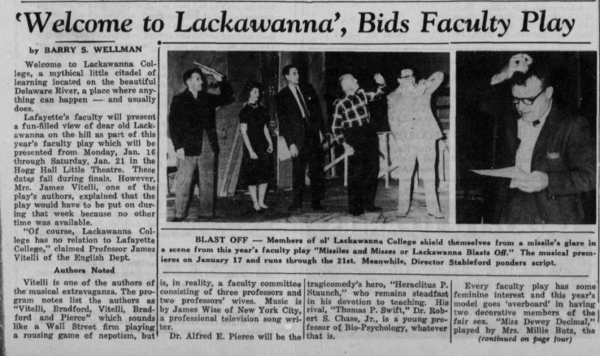
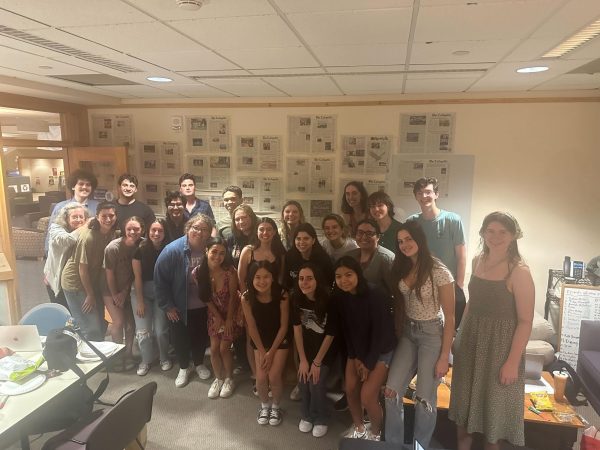
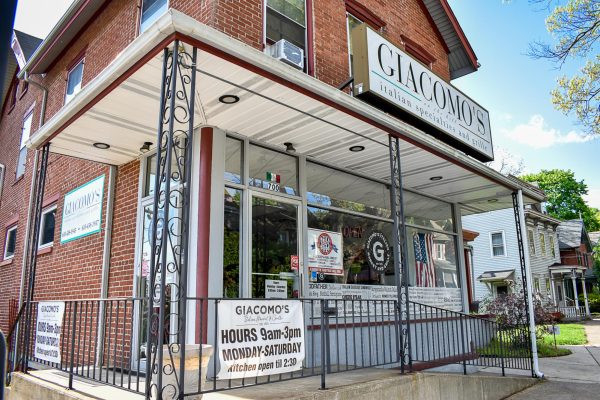
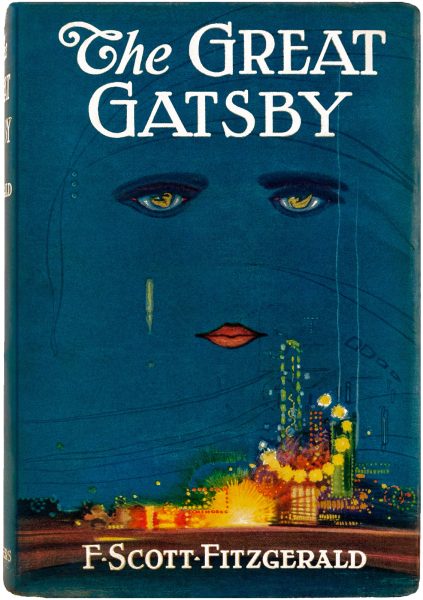


Selin Sinan Uz ‘02 • Feb 21, 2022 at 4:15 pm
Ed Kerns isn’t a teacher, mentor and an artist. At best he is a copying artist who has build the art department with the blood and pains of many students and colleagues. LC administrator knowingly empowered this terrorist due to fear!
College attorney Leslie Muhlfelder always protected rapists like Curlee Holton and terrorists like Ed Kerns ! For decates LC endangered their students and faculty with these subhuman’s whom are only good at causing fears and enabling criminals!